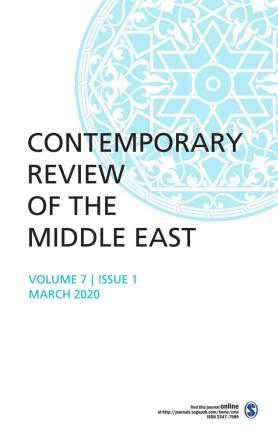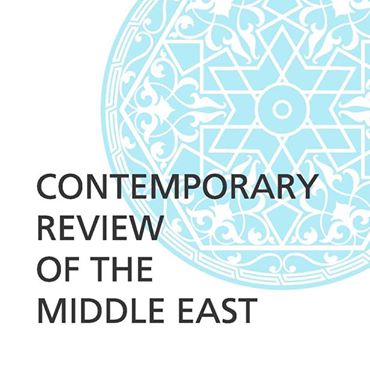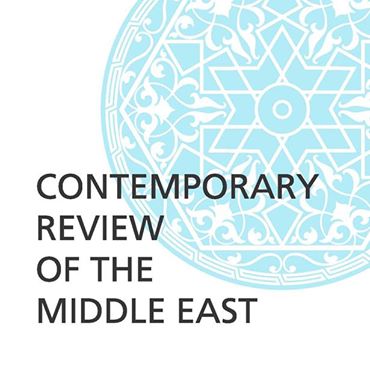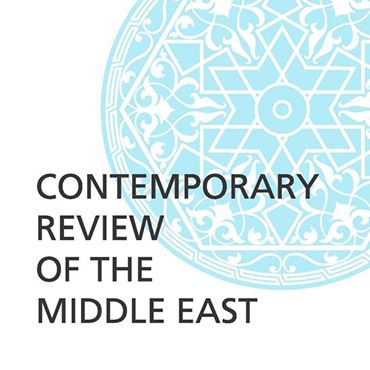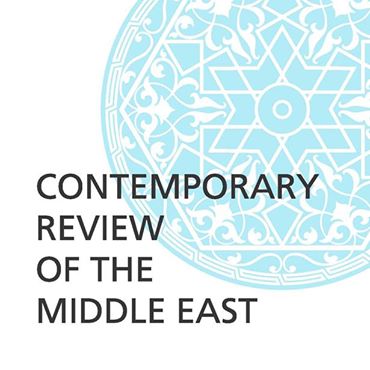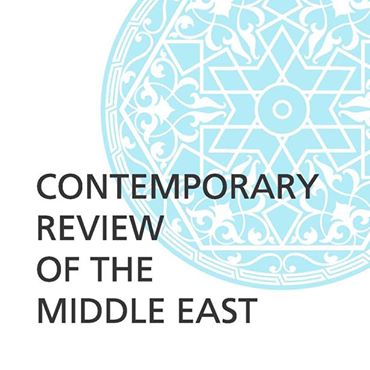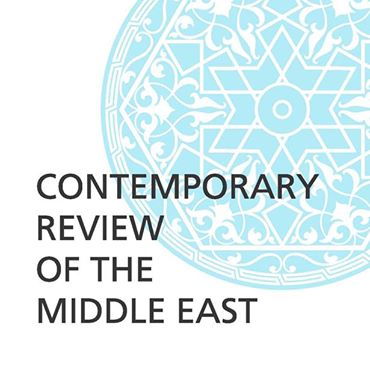Breaking
- MENU
Lorem Ipsum is simply dummy text of the printing and typesetting industry.
http://journals.sagepub.com/toc/cmea/3/2

1) Dateline MEI By P.R. Kumaraswamy; pp. 123-123 Read More
2) State-sponsored Persecution of Baha’is in the Islamic Republic of Iran By Siyamak Zabihi-Moghaddam; pp. 124–146
Abstract: The largest non-Muslim minority in Iran, the Baha’i community, has been subjected to systematic religious persecution under the current Islamic regime. This article examines the nature of this persecution and the change in its pattern from a brutal and partly chaotic campaign in the aftermath of the 1979 Islamic revolution to an institutionalized process with well-defined policies. It also discusses the historical roots of hostility toward the Baha’i community and considers the prospects for its continued presence within Iranian society. The assault on Baha’is has not led to large numbers of conversions to Islam, and, in spite of anti-Baha’i propaganda, more Iranians today than ever before condemn the persecution of their Baha’i compatriots and consider them entitled to freedom of belief. Read More
3) China–Pakistan Relationship: A Game-changer for the Middle East? By Mordechai Chaziza; pp. 147–161
Abstract: For decades, Pakistan has played a key role as a cornerstone of China’s strategy for Central Asia and South Asia. Its geo-strategic position is crucial as it serves as a gateway to the Middle East, where China seeks access to the energy-rich Persian Gulf region. This study tentatively attempts examine how recent promising developments between China and Pakistan may enhance Beijing’s economic and strategic regional influence and thus change the scope of Beijing’s influence from geo-economic to geo-strategic in the Middle East. The findings indicate that China–Pakistan relations may have broad geo-economic and geo-strategic implications, not only for the Middle East, but also for the broader Asia region where both the US and China compete to assert their sphere of influence. Read More
4) The Evolution of Lebanese and Syrian State-to-State Relations By Eduardo Wassim Aboultaif; pp. 162–178
Abstract: Lebanese and Syrian state-to-state relations have not been studied extensively by researchers despite their importance. This article will evaluate the relationship and will consider three stages for their evolution of the affairs; the first stage demonstrates cooperation and harmony for the sake of independence and managing their differences. The second stage is characterized by the Ba‘ath domination of Lebanon. The third and final stage deals with the search for Lebanese sovereignty after the withdrawal of Syria from Lebanon in 2005. Read More
5) The Calcutta Jewish Community and the Jewish Diaspora during the Inter-war Years By Kaustav Chakrabarti; pp. 179–200
Abstract: The city of Calcutta (now Kolkata) is home to a tiny community, namely, Baghdadi Jews from the Middle East. The Jewish community contributed extensively toward building and consolidating the rich socio-cultural heritage through the creation of social and cultural infrastructures like schools, hospitals, baby clinics, women and youth organizations. Breaking social taboos, they were stimulated by the attractions of Western education and took up modern professions. Their contributions were keenly appreciated both in pre- and post-independent India. Apart from their domiciled status, the Jews of Calcutta were not indifferent to the events affecting their brethren in the international arena, and in the process began to take keen interest in the fate of worldwide Jewry. This article traces the connection of the Baghdadi Jewish community of Calcutta with diaspora Jewry in the following areas, namely, the inter-war period, wartime contribution and the Zionist movement, and tries to explore the concept of diaspora with regard to the Calcutta Jews and how it affected their identity during the colonial and the post-colonial era. Read More
6) Gendering ISIS and Mapping the Role of Women By Debangana Chatterjee; pp. 201–218
Abstract: Apart from the strategic implications of the rise of the Islamic State of Iraq and Syria (ISIS), women’s role in the phenomenon seeks special attention and the central questions remain as follows: How is women’s role perceived in ISIS? Are they active agents or voiceless victims? The article aims to take up four fold tasks to theoretically map the ISIS phenomenon from a gendered lens. First, it examines the existing theoretical positions on locating women vis-à-vis conflict scenarios. Second, it analyzes the conditions of women under ISIS and tries to explore how it impacts women’s lives. This throws light upon three avatars of women in the ISIS phenomenon: women as victims, resistors, and perpetrators. Third, the article shows how women are perceived under ISIS. And fourth, it looks at the feminization of militancy under the strict ISIS diktats and explains how structural violence persists under ISIS. It concludes that women can be seen as both active agents and voiceless victims and their roles cannot be judged within a monolithic frame as their roles are multilayered and situational. Rather than looking at women in any linear manner, it is plausible to look at the complex realities of their everyday life. Read More
7) Book Review: Emma Lundgren Jörum (2014). Beyond Syria’s Borders: A History of Territorial Disputes in the Middle East By Abdul Rahman Ansari; pp. 219–222 Read More
8) Book Review: Suzanne Maloney (2015). Iran Political Economy since the Revolution By Dr. Mohammad Hassani; pp. 223–225 Read More
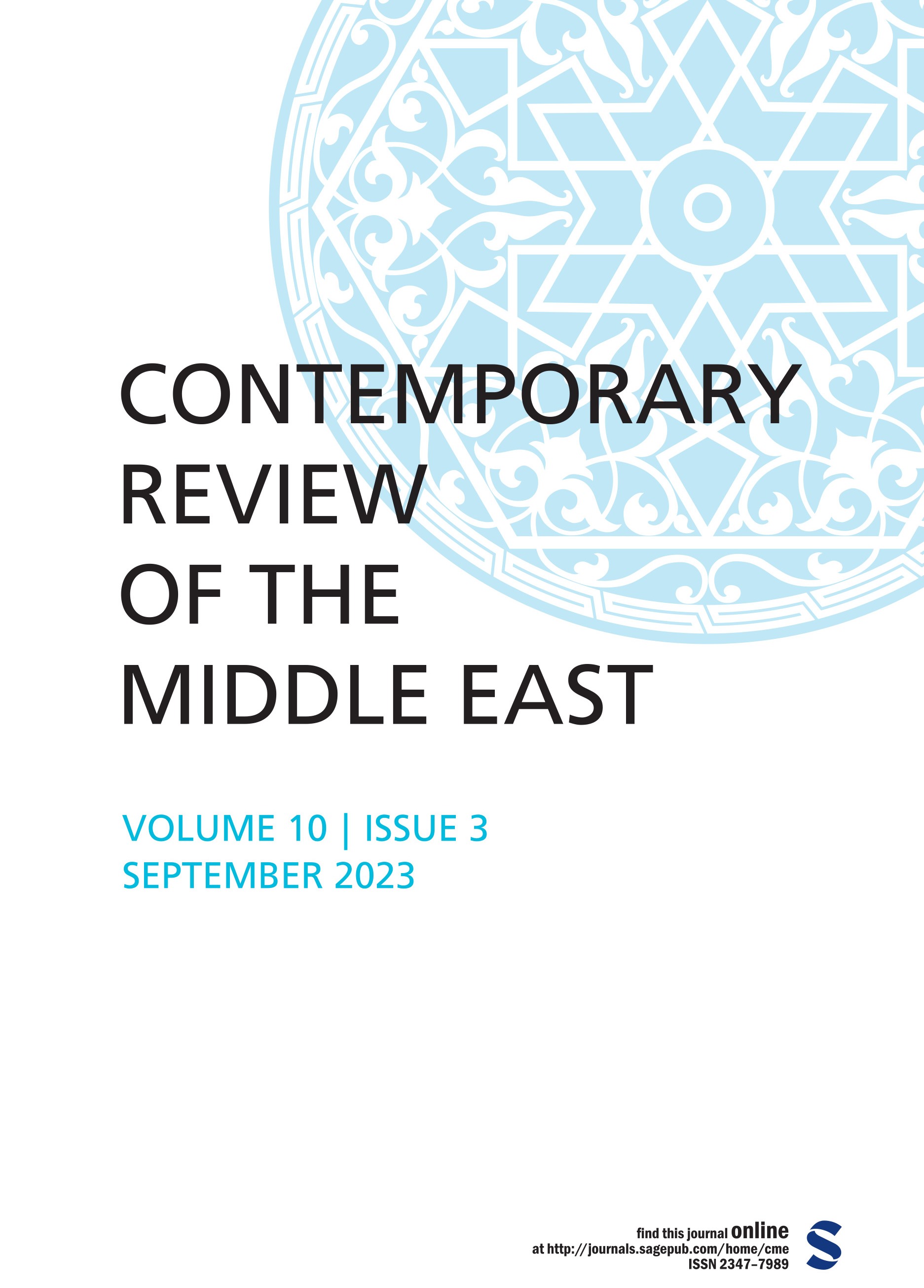
Invented Tradition as a Theoretical Approach Within Iranian Memory Studies: A Review Mohammad
Read More »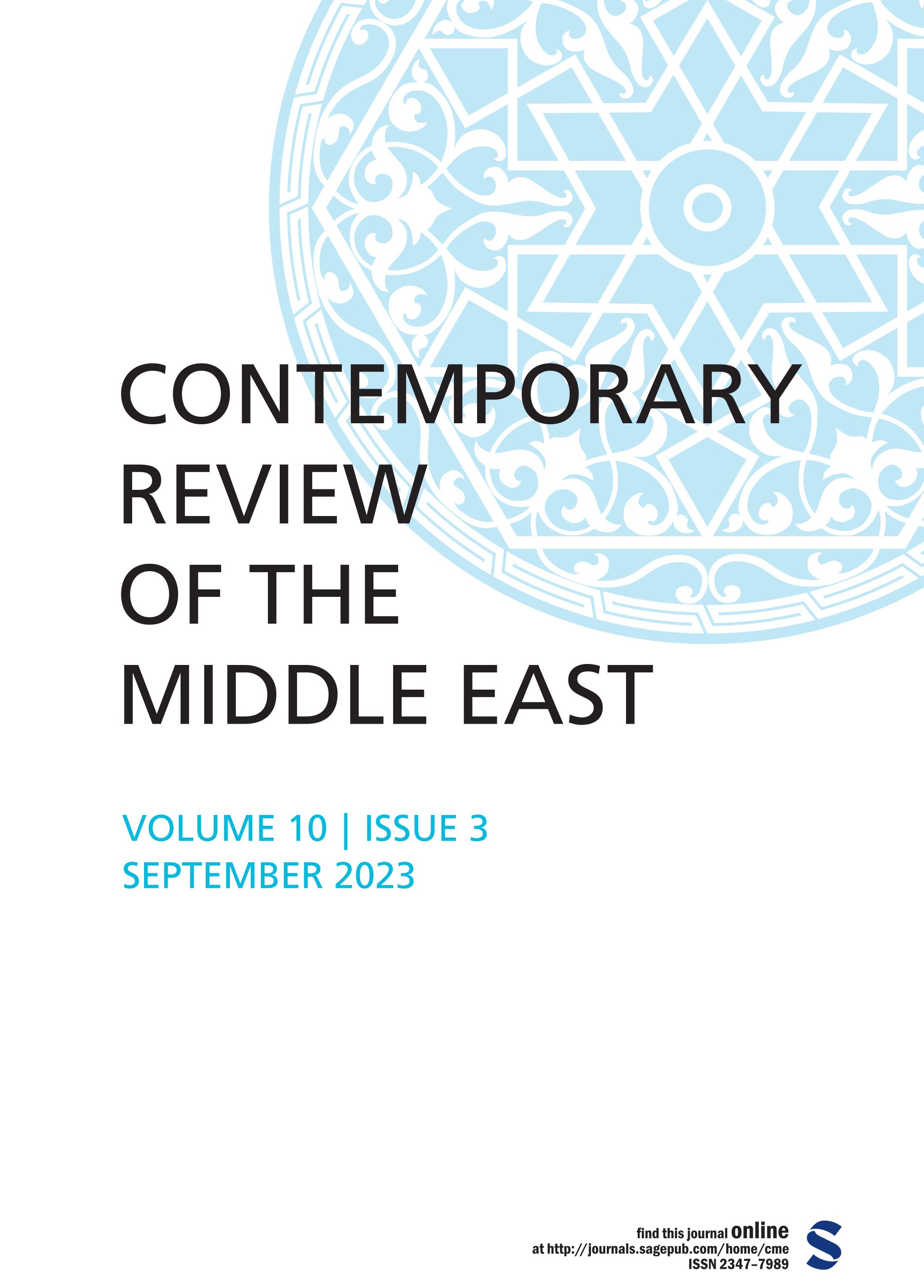
Neo-Ottoman Turk-Scape: Analyzing the Role of Dizis as Türkiye’s Soft Power Mohammad Reyaz and
Read More »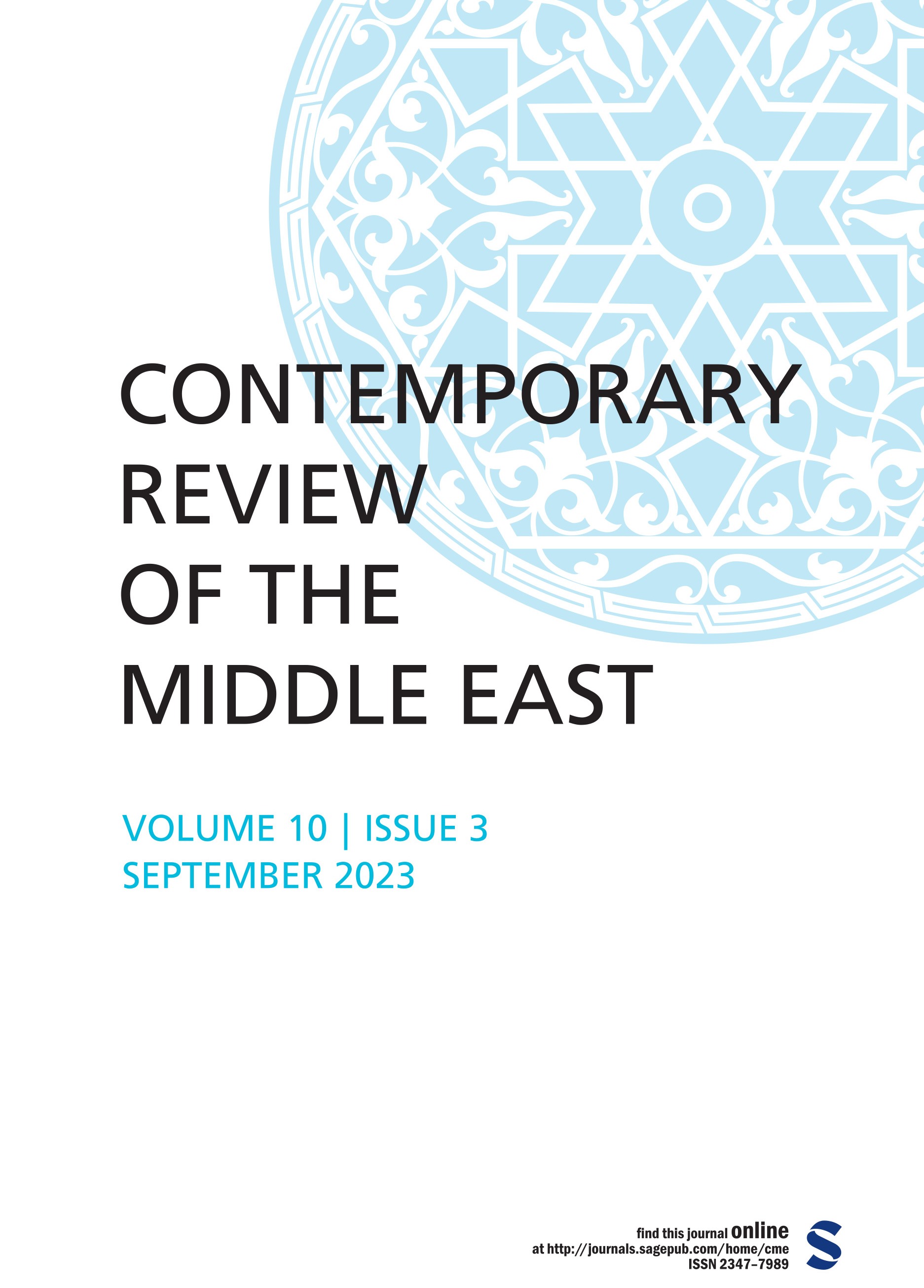
The Relations of Vietnam with the Middle East-North Africa Region: From a Divided State to an Important&
Read More »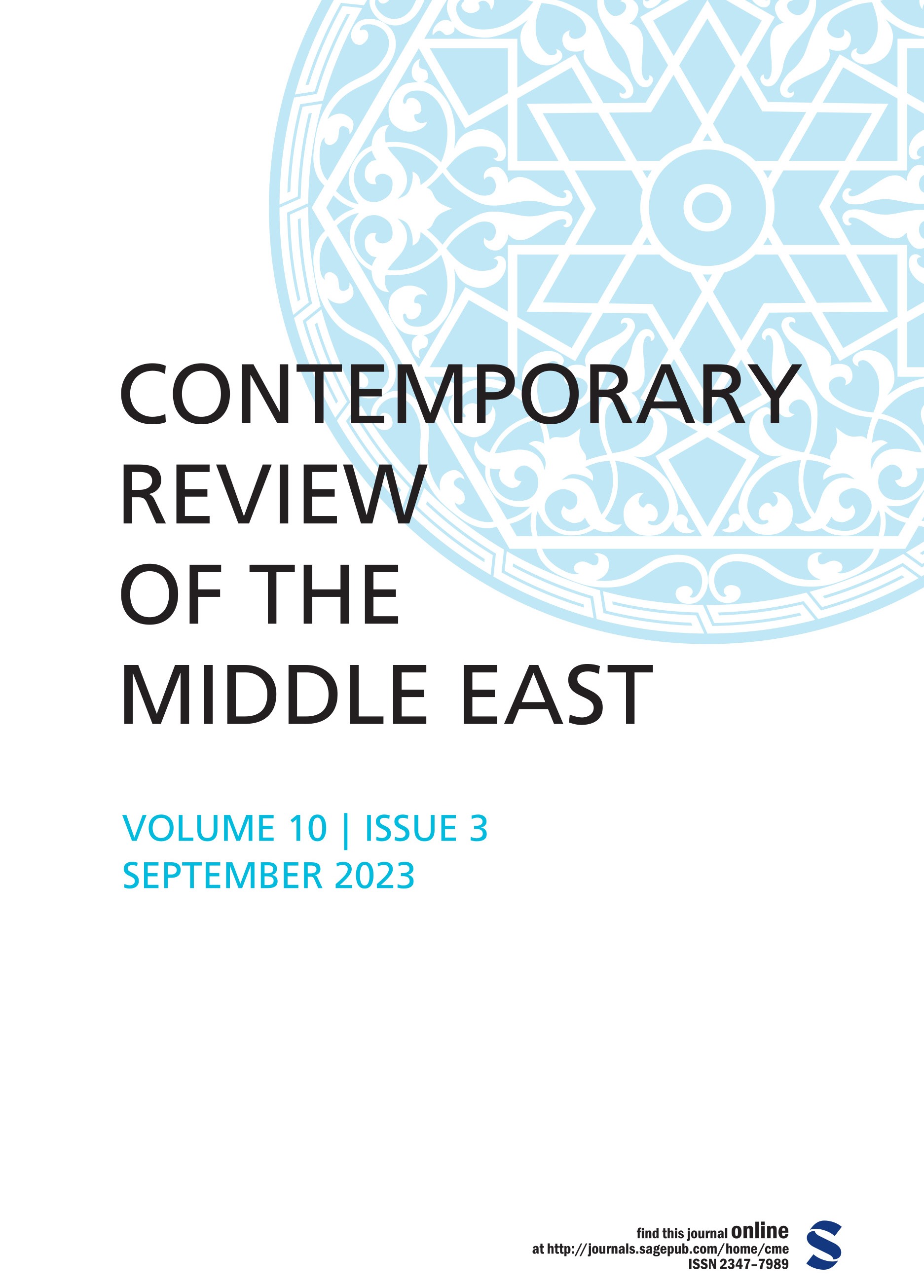
An Analysis of Yemen’s Geostrategic Significance and Saudi-Iranian Competition for Regional Hegemo
Read More »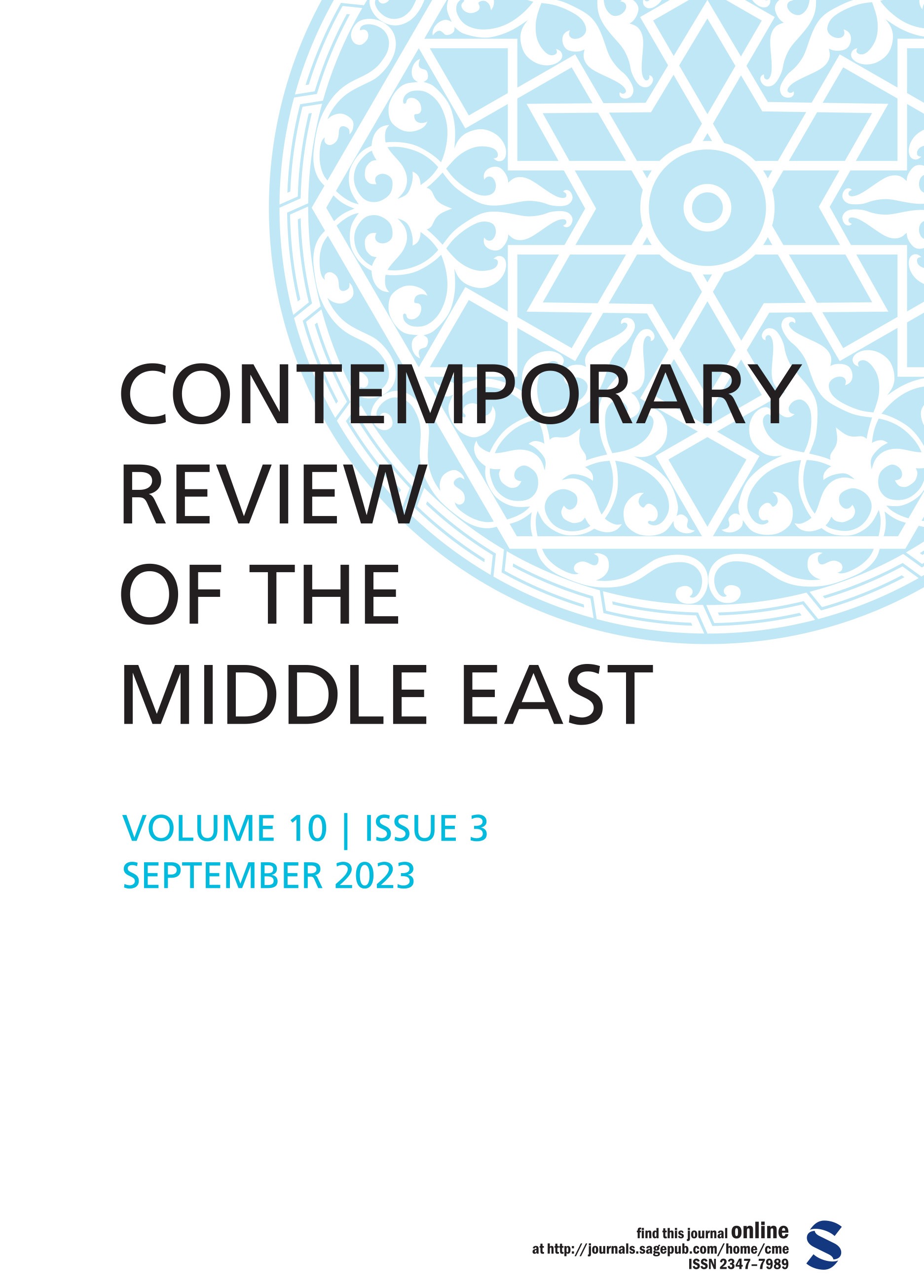
The National Reconciliation Process in Algeria During the Bouteflika’s Era: The Official Narrative Fa
Read More »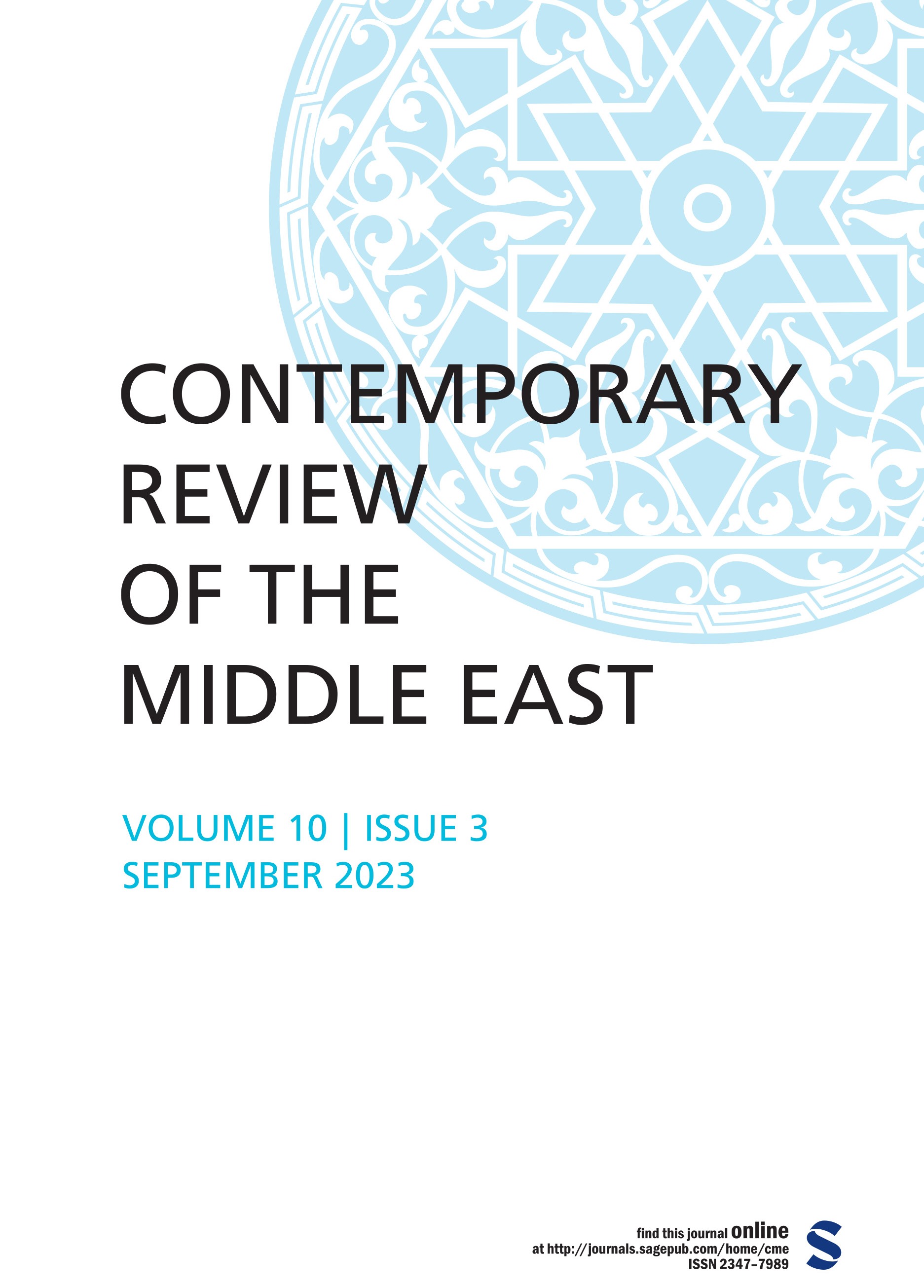
Dateline MEI When Netanyahu Rocks the Israel Boat, Nero Style P. R. Kumaraswamy For the text see: We
Read More ».jpg)
.jpg)
